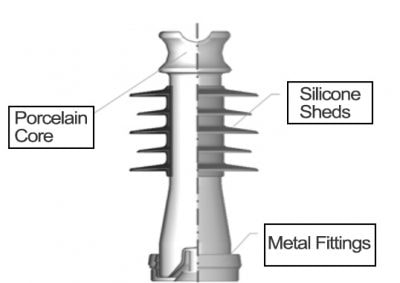

Among these, glaze, hard rime and wet snow with relatively high water content have strong adhesive force when accumulating on exposed structures.

Hoar frost has density of less than 100 kg/m 3 and is deposited as interlocking ice crystals formed by direct sublimation of freezing water vapor in air on an exposed structure.ĭue to variations in meteorological conditions, atmospheric ice accretion can be a mixture of two or more different types of icing.Dry snow with density not exceeding 100 kg/m 3 occurs at sub-freezing temperatures and can accumulate on exposed structures under low wind speed conditions.Depending on liquid water content and localized wind speed, density of wet snow varies from 100 to 850 kg/m 3. Wet snow occurs at air temperatures above the freezing point, usually between 0.5 and 2✬.It grows in a granular structure with many air bubbles. Soft rime has a granular opaque structure and a density ranging from 150 to 300 kg/m 3. Hard rime is characterized by a homogenous opaque structure and density varying from 300 to 700 kg/m 3 and is grown homogeneously with air bubble inclusions. Depending in its physical appearance, structure and density, rime ice is classified as hard rime or soft rime. This type of accretion is typically formed on structures in hilly areas over the cloud base or on structures exposed to cold fog. Rime ice has density ranging from 150 to 700 kg/m 3 and occurs at temperatures below –5☌ when impinging small supercool water droplets freeze spontaneously on an exposed structure.It may also result from in-cloud icing when influx of cloud water is high. Glaze ice accretion on an exposed structure is typically the result of accretions from freezing rain or drizzle. Glaze ice with density of 900-920 kg/m 3 has clear structure without air bubbles and generally forms with icicles.Impact & Mitigation of Icing on Power Network Equipment Types of Accretionĭepending on atmospheric and metrological parameters (air temperature, wind speed, precipitation rate, relative humidity, liquid water content, etc.) various types of accretion can occur on overhead lines and outdoor substations. Hoar frost, resulting from condensation of water vapor in air on a structure when temperature is below 0☌. In-cloud icing, involving freezing of supercooled water droplets in a cloud or fog upon impact with an exposed structure Precipitation icing , such as freezing rain and snow Icing can be classified into different categories: Therefore, icing describes both ice and snow growth on exposed structures such as power network equipment. Atmospheric Icing ProcessesĪtmospheric icing (or simply icing) refers to freezing and sticking of water in various forms on the surface of an exposed object. This edited contribution to INMR by Professor Emeritus, Masoud Farzaneh, of the Université du Québec à Chicoutimi in Canada deals with the impact of icing on conductors, ground wires and outdoor insulators as well as mitigation options to improve reliability under such conditions. Furthermore, continuous increase in energy consumption and the need for upgrading existing networks, and constructing more reliable transmission lines, call for innovative solutions to icing issues. However, despite the progress, the knowledge base when it comes to this complex and unpredictable phenomenon is still not sufficient – all the more so when considering increased extreme meteorological events likely caused by climate change. This concerted action led to much innovation and improvement of overhead network design, construction and operation. The catastrophic socio-economic impact of some major icing events such as those that struck regions of North America and China in 19 respectively sparked substantial R&D collaborative projects between academia and industry. Other potential sources of failure include dynamic phenomena such as galloping often involving extensive dynamic forces.Įlectrical flashover along iced or snow-covered insulators is another major problem affecting reliability of overhead lines and outdoor substations. The disruptive effects of icing result from excessive ice or snow accumulation, combined with wind forces, as well as subsequent jumping of cables and conductors following sudden ice shedding. In many parts of the world, ice and snow accretion on network equipment such as conductors, ground wires and insulators are a great concern for power system operators. INMR offers expert technical content for power engineers in the fields of electrical insulators, surge arresters, bushings, cable accessories MV HV and utilities. Impact & Mitigation of Icing on Power Network Equipment


 0 kommentar(er)
0 kommentar(er)
